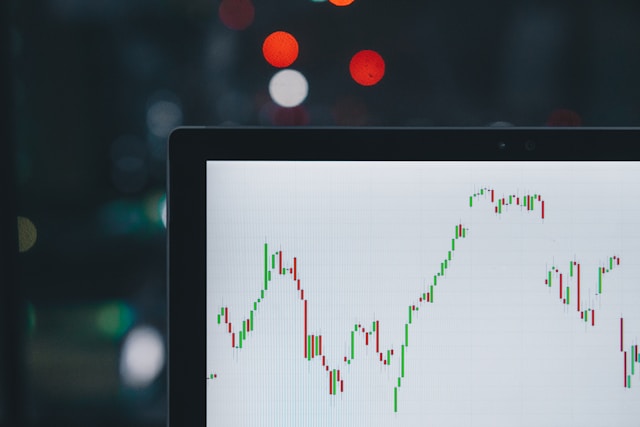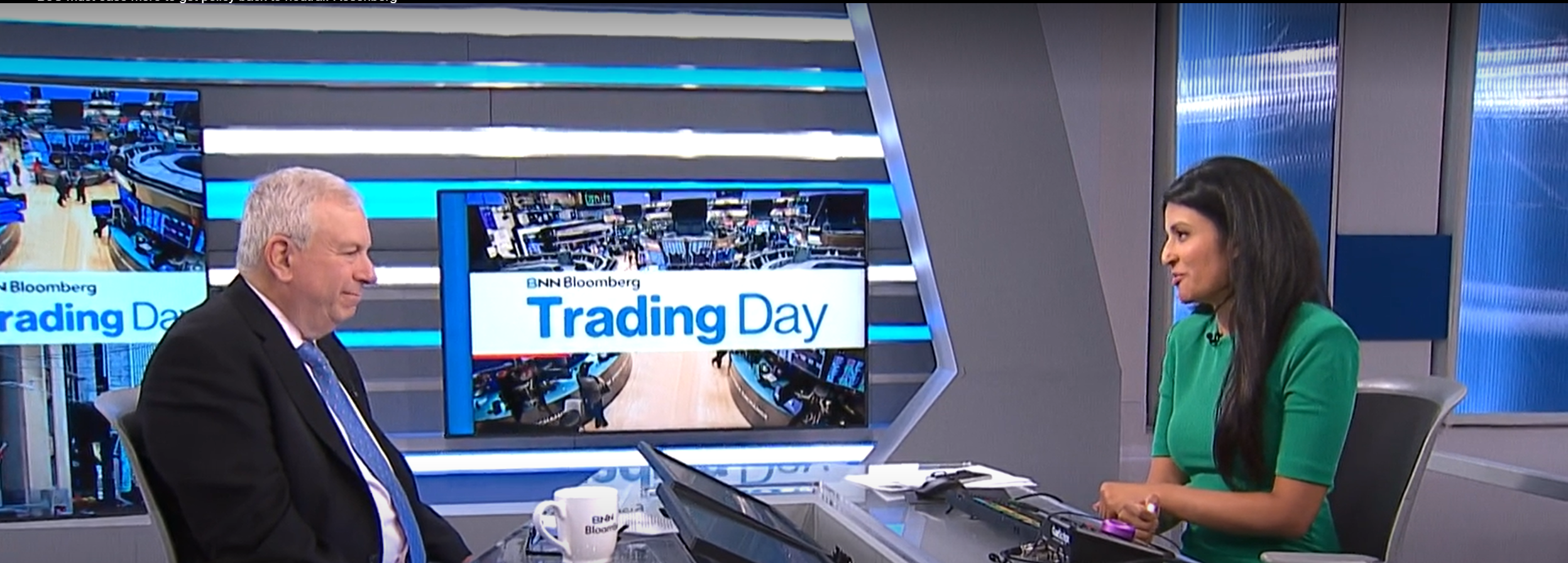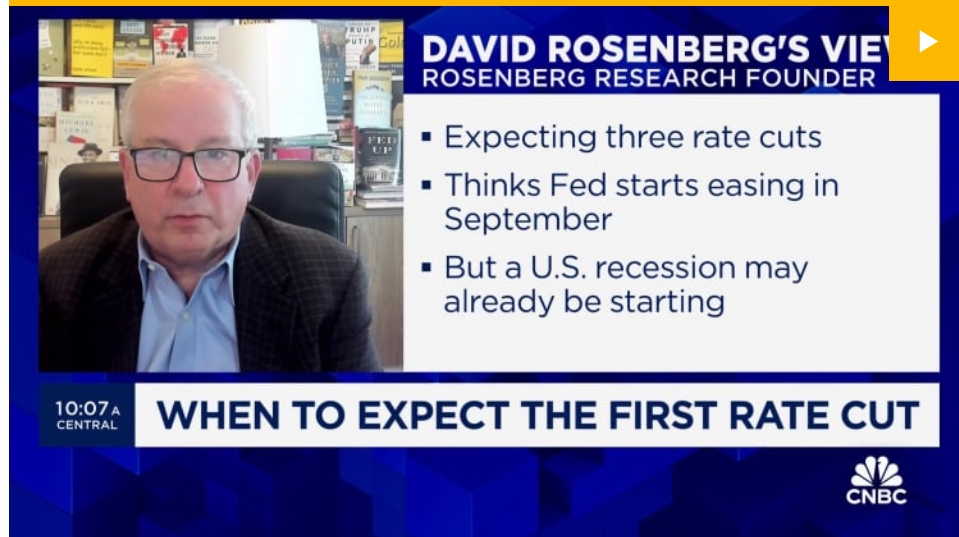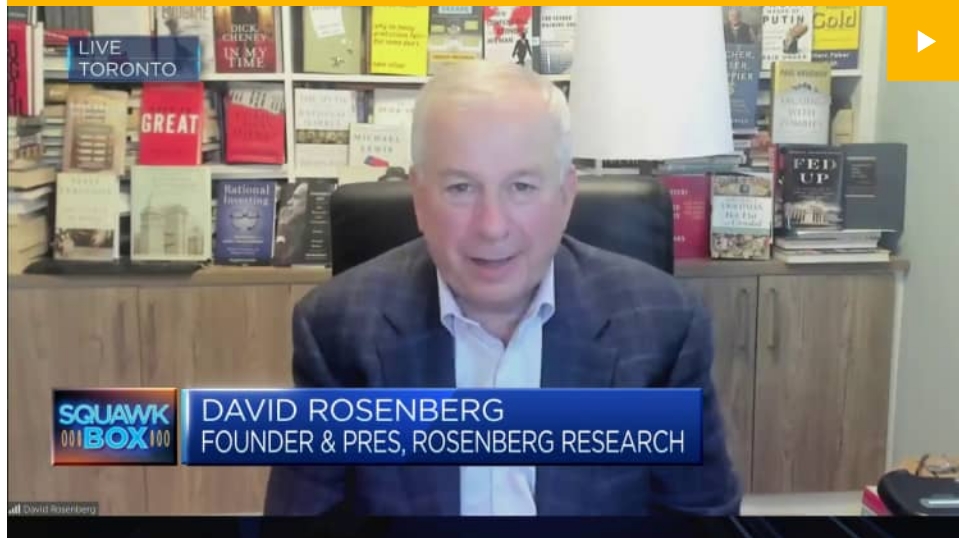
Leveraging Economic Insights for Business Advisors
June 5, 2024
Using economic insights in business advisory helps advisors guide companies effectively through various market conditions. It involves understanding and applying key economic factors like inflation rates, consumer spending, and global market trends, which are crucial for strategic business operations. More than just recognizing these factors, effective advisory means using this knowledge to navigate and make proactive, calculated decisions during economic changes, such as a recession. This approach helps businesses not only mitigate risks but also capitalize on opportunities that arise during economic downturns, ensuring they make strategic, well-informed decisions.
Importance of Economic Insights for Business Advisors
In the dynamic business environment, staying competitive requires more than intuition or experience; it demands a deep understanding of current economic trends both locally and globally. Economic insights are critical for business advisors, as they provide the data needed to help businesses navigate challenges and capitalize on opportunities.
Consider a scenario where a retail company plans to expand into a new market. Without analyzing economic indicators like consumer spending patterns, inflation rates, and market demand, the decision is risky. Armed with these insights, however, a business advisor can accurately assess the market’s potential and advise on the optimal timing for expansion or necessary strategy adjustments.
Moreover, economic insights enable advisors to identify and mitigate potential risks effectively. Monitoring factors like interest rates, exchange rates, and government policies helps predict possible disruptions. This proactive approach not only boosts an advisor’s value but also safeguards clients against economic uncertainties.
While some may argue that economic data is not the sole element for strategic decision-making, neglecting its impact can lead to incomplete advice. Economic conditions influence consumer behavior and industry dynamics significantly; thus, understanding this broader economic context is essential.
Economic insights form the foundation upon which industry-specific knowledge and customer behavior analysis are built. Like a structure without a solid base, an advisory lacking a firm grasp of economic landscapes may falter. Utilizing economic insights equips advisors with the tools to lead businesses toward sustained growth and success.
Next, we will delve into examples of leading economic indicators. Let’s read on.
Examples of Leading Economic Indicators
Economic indicators are essential tools for business advisors, offering insights into the health and trajectory of the economy. These indicators help advisors forecast trends and guide clients effectively. Two key indicators are particularly useful:
Gross Domestic Product (GDP): This indicator measures the total output of goods and services within a country and is a primary gauge of economic health. A rising GDP indicates a robust economy, suggesting that businesses are likely thriving and consumer spending is high. Conversely, a stagnant or falling GDP points to potential economic challenges, advising caution and strategic adjustments for businesses.
Consumer Price Index (CPI): The CPI tracks the price changes of a basket of commonly purchased goods and services, reflecting inflation levels. An increasing CPI suggests rising inflation, which can diminish consumer purchasing power and necessitate adjustments in business pricing strategies to maintain profitability.
An example highlighting the importance of these indicators involves a retail advisor noticing a decline in store traffic and sales. By analyzing CPI, GDP, retail sales figures, and consumer confidence indexes, the advisor might identify broader economic trends affecting consumer behavior. This insight enables the advisor to help their client adapt strategies to the changing economic landscape.
While critics argue that economic indicators may not always capture the full economic picture, they are invaluable starting points for understanding market conditions. Advisors should complement these indicators with qualitative analyses like market research and industry-specific insights for a well-rounded approach.
In essence, economic indicators serve as weather forecasts for business advisors, helping them navigate through economic conditions and prepare their clients for both opportunities and potential downturns. For example, monitoring factory orders and industrial production levels can help predict demand shifts, allowing manufacturing clients to adjust their strategies proactively. This strategic use of economic indicators can guide businesses through various economic phases, enhancing their resilience and competitiveness.
Techniques for Analyzing Long-Term Economic Trends
Analyzing long-term economic trends is essential for business advisors, helping them gain insights into the economy’s direction, identify growth opportunities, and make informed strategic decisions. Here are key techniques for examining these trends:
Trend Analysis: This technique involves examining historical data to identify patterns that can indicate future economic movements. For instance, analyzing decades-long GDP growth can help predict cyclical changes or shifts in economic activities, aiding businesses in strategic planning and market positioning.
Regression Analysis: This statistical method helps advisors understand relationships between various economic variables. For example, a strong correlation between consumer spending and employment rates might suggest increasing demand, prompting businesses to invest in sectors likely to benefit from this trend.
However, analyzing long-term trends comes with challenges. Economic conditions are influenced by complex, often unpredictable factors, making future predictions based on past data uncertain. Despite these challenges, these analytical techniques provide valuable insights that can guide strategic business decisions.
To contextualize, consider planning a long road trip. You might encounter varied weather conditions that you cannot predict with absolute certainty. However, understanding weather patterns over the months can help you prepare adequately, just as economic trend analysis prepares businesses for future market conditions.
By utilizing trend analysis and regression analysis, business advisors can effectively interpret long-term economic trends, helping them guide their clients through the evolving business landscape. While caution and consideration of multiple factors are necessary due to the inherent uncertainties, these tools remain invaluable for strategic business planning.
Economic Factors in Investment Decision-Making for Businesses
Economic factors significantly influence business investment decisions, helping to shape strategies and forecast potential outcomes. Understanding these factors can provide crucial insights for businesses to make informed and strategic choices to maximize investment returns. Here are key economic factors businesses should consider:
Interest Rates: Fluctuations in interest rates directly affect borrowing costs and profitability. Low interest rates allow businesses to secure cheaper financing for expansion or technological upgrades, while high rates can increase borrowing costs and slow down investment as businesses hesitate to incur additional debt.
Consumer Spending: This reflects the economy’s health and directly affects business revenues. Strong consumer spending suggests a healthy economic environment, potentially leading to increased demand for products or services. Conversely, weak spending, often due to economic uncertainty or financial challenges among consumers, may necessitate reevaluation of investment strategies.
However, relying solely on economic factors for investment decisions can be limiting. These factors provide valuable market insights, but other aspects like industry-specific data, competitive analysis, and internal financial metrics also critically shape investment strategies. Therefore, a comprehensive approach, integrating both economic indicators and internal variables, is essential for holistic decision-making.
Consider the analogy of a chef creating a new recipe: just as a chef considers various ingredients to balance flavors and textures, businesses must evaluate multiple factors to make sound investment decisions. Economic indicators act as primary ingredients influencing the broader decision-making process, but like any recipe, the success of an investment decision relies on the harmonious integration of all elements.
While some skepticism exists about the reliability of economic indicators—given their inability to consistently predict market behavior due to potential changes in macroeconomic factors and global events—it’s crucial to recognize their value in providing trend insights and guiding business strategy. By incorporating a wide range of data, businesses can mitigate the risks associated with economic uncertainty and enhance their investment success potential.
Forecasting Economic Conditions
Forecasting economic conditions is vital in business advisory, helping companies strategize and plan based on current trends and economic indicators. Forecasting is not just a skill but an essential capability that enhances with experience and proper data utilization.
For example, consider a business advisor analyzing trends for an e-commerce company. By monitoring indicators like consumer spending, inflation rates, and employment statistics, the advisor can predict potential impacts on consumer behavior, pricing strategies, and supply chain management. This insight allows them to recommend strategies for the company to handle economic shifts effectively.
Effective economic forecasting offers businesses a competitive edge. For example, in a growing economy, advisors might recommend expansion strategies to leverage consumer purchasing power. Conversely, in downturns, they might suggest cost-cutting or diversification to manage risks.
Despite its importance, some criticize economic forecasting as unreliable, pointing out that unexpected global events can skew predictions. While these criticisms hold weight, forecasting is still a valuable tool that provides guidance based on the current available data, helping advisors make informed, proactive decisions.
Forecasting can be likened to navigating a ship through unpredictable waters—while unexpected changes may occur, having navigational aids helps anticipate and adjust the course effectively. With advancements in technology and data analysis, including AI and statistical models, the precision of economic forecasts is improving, allowing business advisors to offer more accurate advice based on robust economic analyses.
Start Your Free Trial: Access Daily Economic Insights for Business Advisors!
Dive into the realm of economic insights tailored specifically for business advisors with our enticing offer of a free trial. Gain access to a wealth of daily analyses, meticulously crafted to provide invaluable guidance in navigating the dynamic landscape of business economics.
Whether you’re seeking to enhance your strategic planning, optimize resource allocation, or capitalize on emerging opportunities, our trial equips you with the tools and knowledge necessary for success. Don’t miss out on this chance to elevate your advisory prowess and stay ahead of the curve.
Start your free trial today and unlock a world of economic intelligence tailored for your business needs.
Rosenberg Research ©2024 All Rights are Reserved



